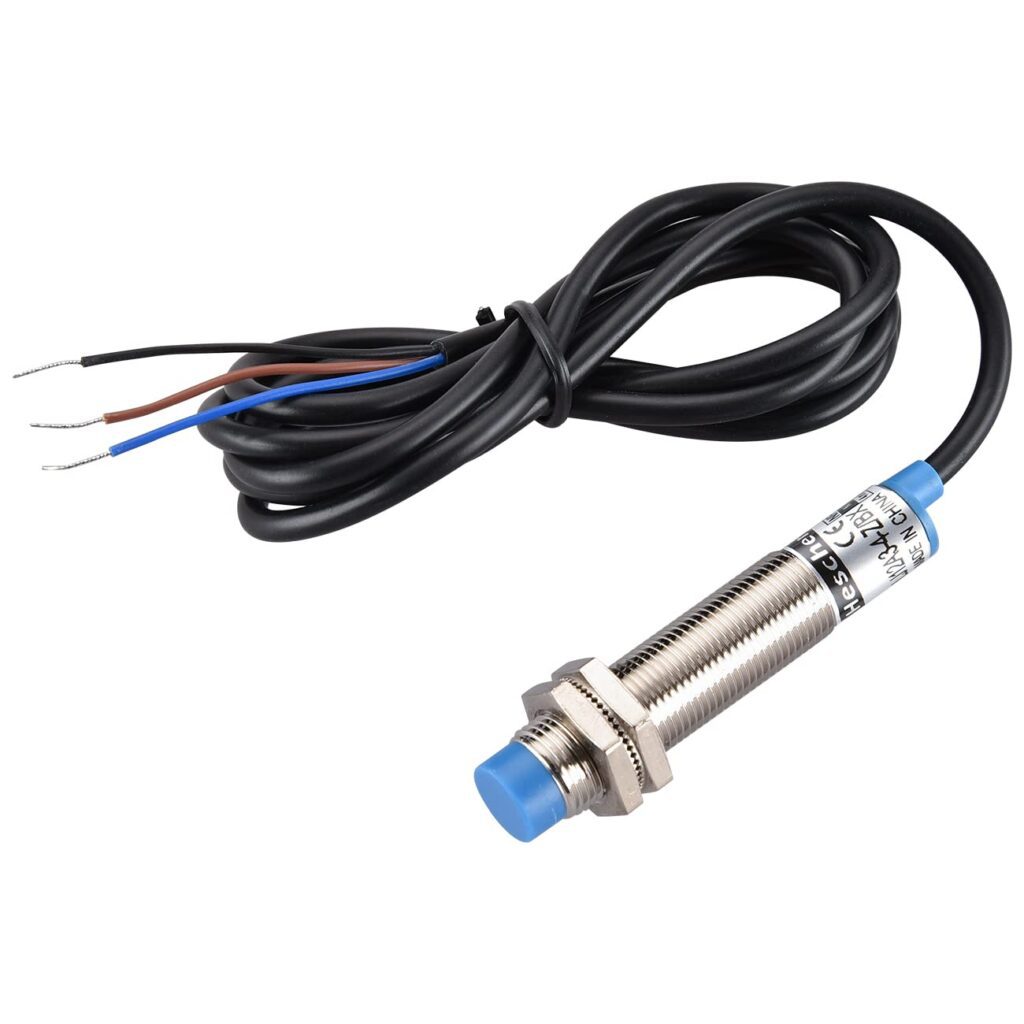Table of Contents
To understand dry contact in instrumentation, let’s understand PLC’s. PLC has a very important role in the industry, PLC is mainly used in emergency shut down. Logic is written in PLC, which gives the output as a contact. A circuit is complete when the contact is closed, so let’s try to understand what are the contacts-
When we have to understand the contact wiring of PLC, first of all it is necessary to understand how many types of contacts are there. There are two types of contacts in instrumentation that is-
- Dry contact
- Wet contact
Note :- It’s important to note that this only applies to digital inputs and outputs; Because analog is variable in nature and has no concept of connectivity.
Dry Contact
A dry contact (also known as a voltage-free contact or potential-free contact) is defined as a contact in which power/voltage is not provided directly from a switch, but always through some other source. Dry contacts are referred to as passive contacts because they receive no energy.
Dry contact just acts like a simple switch that opens or closes a circuit. When contacts are closed current flows through the contacts and when contacts are opened no current flows through the contacts.
It can be referred to as a secondary set of contacts of a relay circuit that does not make or break the primary current being controlled by the relay. Dry contacts are therefore used to to provide total isolation. The meaning of dry contact is a simple example of an electrical relay. A relay consists of a coil , when powered, operates a set of contacts at its output.
Dry contacts are commonly found in relay circuits. As in relay circuits, no external power are applied directly to the contacts of the relay, power is always supplied by another circuit.
Dry contacts are mainly used in low voltage (less than 50 V) AC distribution circuits. It can also be used to monitor power systems such as fire alarms, burglar alarms, and alarms.
Summary: Dry contacts open or close circuits and provide complete isolation between devices, so output power is completely isolated from input power. Whereas, wet contacts do not provide complete isolation so whenever the switch is activated the output power is supplied instantaneously along with the input power.
Dry contact relay
In dry contact relay, the contacts are opened or closed without any voltage. Hence, we can control dry contact relay at any voltage level.

Let us simplify it further for better understanding. A relay has 5 basic terminals – A1 (supply positive), A2 (supply negative), COM (contact common), NO (contact normally open), and NC (contact normally closed). Terminals A1 and A2 are used to activate the relay. The contact circuit is totally isolated from the power circuit. When the relay is activated, the potential applied to the common terminal (AC, DC, or potential free) will be applied to the NO terminal. When the relay is de-energized, the potential supplied to the common terminal will be supplied to the NC terminal.
Another example of a dry contact relay used to control a blower motor is shown in the figure below. When 24 V is applied to the relay coil the dry contact closes and it operates the blower motor.





Dry and wet contact examples
Some examples of dry contacts and wet contacts are discussed below.
Dry contact example
All types of relays, including solid-state relays, use dry contacts. The fact that a dry contact relay can produce a wide range of output voltage levels is one of its benefits. For instance, you can control the load at any voltage level using a relay with a 24 V coil and a dry contact. Wet contacts are unable to accomplish this because they control the load at the same voltage level.
Dry contact in a compressor contactor is another example. The power supply does not directly power the compressor contactor; instead, it is powered by a separate 24 V coil. Dry contacts are therefore frequently used because they completely isolate devices from one another.
Dry contacts are used in the PLC module, which has a separate control voltage of 5V from the processor supplied to the output and an input voltage of 24V at the input.
Wet contact example
The thermostat is the most common example of wet contact. The power supply that powers the control circuit and its contacts directly in a thermostat is the same power supply that powers the control and its contacts.
Wet contacts, which provide the same voltage levels to the sensor and the load and do not require additional common power wiring, are frequently found in solid-state switching, including proximity sensors, temperature sensors, and air-flow sensors. Additionally, the power consumption and load of the sensor are very low.





In a Ground Fault Interrupter (GFI) circuit, the same wire is used to provide power to the internal circuit and to the output terminals. That’s why wet contacts are used in GFI circuits.
Advantage of Dry Contact
- This shows that the dry contact works like a normal switch. They are used to provide totally isolation between two circuits.
- One main advantage is that you can completely separate the two circuits and test one circuit without touching the other if a problem occurs. If for example a problem arises on the input side, you don’t need to check and switch off the output side’s potential supply.
- In this way, we understood the basic concept and wiring of dry contact in PLC.
Read Also
- Junction box | electrical junction box | pvc junction box
- Cable Trays | Cable tray types
- Relay wiring diagram | What is Relay?